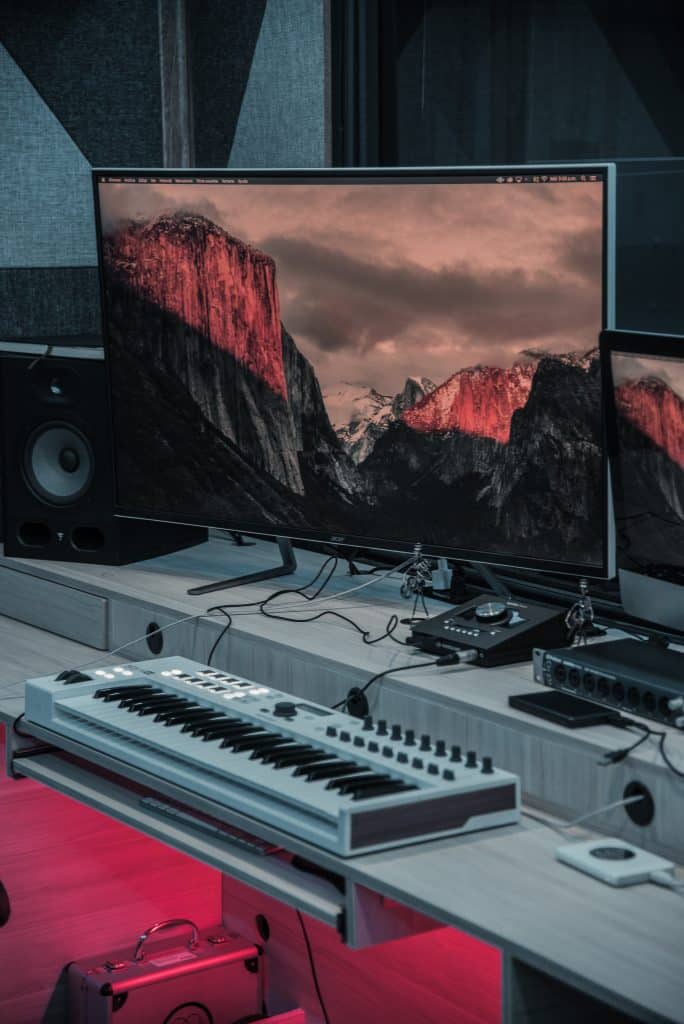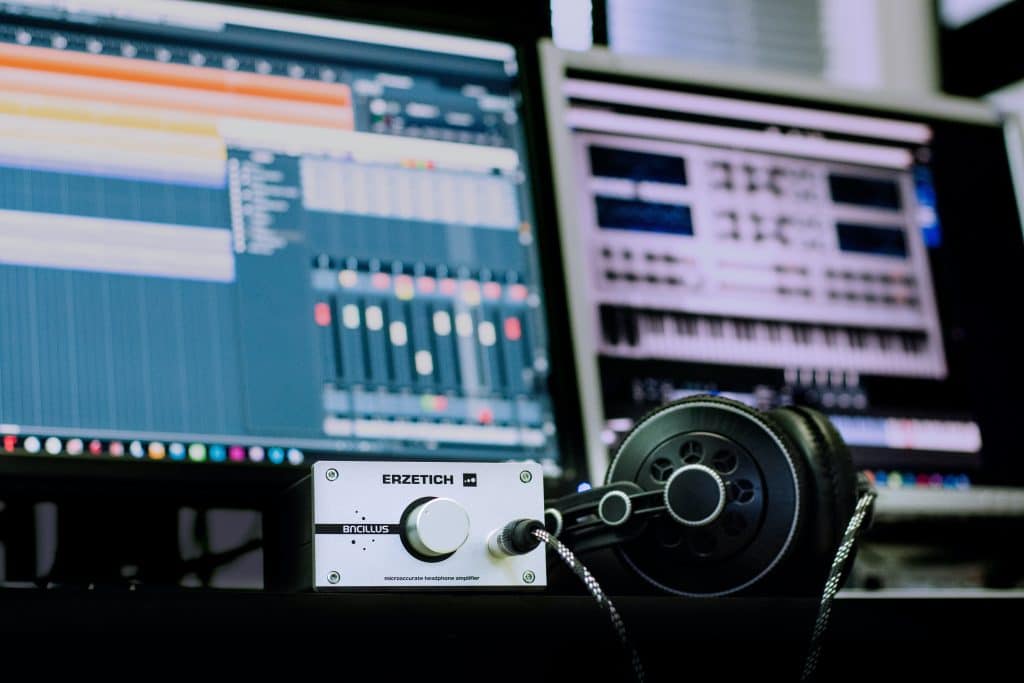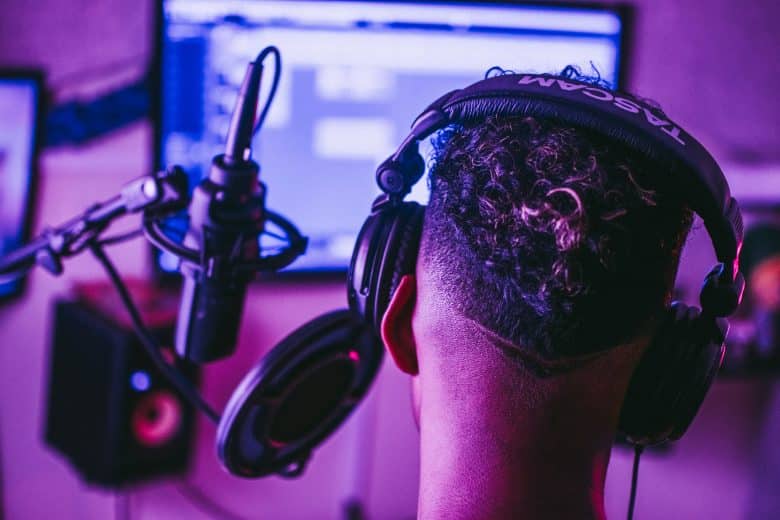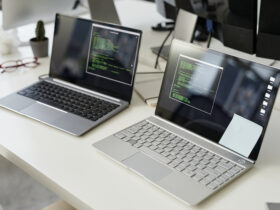If you’re assembling pieces of equipment for a home studio, a studio monitor is among the most essential to secure. It provides a raw and accurate representation of music, which is necessary to ensure optimal translation of mixes to listening tools. Whether you’re recording, editing, or mixing, these devices help keep sound quality up to par in your headphones, televisions, and car audio systems. That said, it’s normal to have questions about a studio monitor.
You may ask what the best budget friendly options are or if you can choose one at random and expect it to work for you. Yes, there are high-quality, affordable picks out there. Also, selecting a device at random won’t likely do you good.
Then, there’s the question of size. Does size really factor into studio monitor selection? Let’s find out the answer to that and other questions you may have when shopping for the device.
The Basic Considerations for Choosing a Studio Monitor
Much about studio monitor selection depends on the kind of music you’re looking to record. That said, these are also some valid points for choosing the device.

Size
Yes, size really does factor into the selection process. Though, it’s not a complicated matter at all.
In most cases, studio monitor size should align with studio size.
Generally, smaller options work best for smaller rooms, while bigger monitors provide better and more accurate translations in more spacious studios. Get something too small or too big for a room, and it won’t represent your recordings and mixes as accurately as possible.
Sound
Studio monitors are all about sound quality, so “sound” will naturally be right up there in terms of priority. Even so, selecting studio monitors should be more based on sounding accurate than sounding “good.” There should be a focus on precision, which helps evaluate the nitty-gritty of the mix and ensures a precise balance across the entire range of frequencies.
Note that accurately predicting how a studio monitor sounds in a room is almost impossible. Even if you manage to audition a set at someone’s studio or a shop, your room’s acoustics will still factor majorly into the resulting mix. Take note of similarities, but don’t expect the outcome to be the same.
Acoustic Treatment
The quality of your studio monitor’s recordings and mixes are influenced dramatically by the acoustics in your room. With that, you need to have some form of control over your room’s acoustic element, so your monitor represents music as accurately and as precisely as possible.
If you’ve only just set up a home studio, we recommend adding a basic acoustic treatment to your equipment. That way, your speakers can unleash sounds that are unaffected or minimally affected by the room’s sound refractions.
Should You Go for a Passive Studio Monitor or an Active Studio Monitor?
Active studio monitors are all the rage these days, though it’s worth remembering how passive monitors ruled the industry in the past. These days, both these types share the spotlight for different reasons. You’ll want to understand their differences to make the best possible choice.
Modular by nature, a passive monitoring system requires pairing a speaker with a compatible crossover and amplifier. An active studio monitor doesn’t bother with such connections, having its amplifier and crossover preconfigured into its system.

It doesn’t require having a separate studio monitor setup, either, because the monitor itself is the entire package. Plus, it gives top-notch sonic performance because built-in amps have the highest compatibility with their speakers.
Remember that it’s very much possible to create a world-class studio sound system using a passive monitor. However, unless there’s a good reason to opt for a passive monitoring system, you’ll find the active system superior in both performance and convenience.
Application-Specific Benefits Over Materials
Speakers come in a vast array of construction materials, from paper and Kevlar to aluminum alloy. Perpetual innovation means there’s always something new that impacts speaker sounds. That said, it isn’t the materials per se you should be looking at, but the benefits of their application.
Focusing on a specific material used in a device’s construction can paint a confusing picture for someone who’s only getting started in the home studio business. Although driver materials matter, it’s their application-specific benefits that truly provide a clear explanation of their purpose.
Choosing Correctly Means Considering Every Single Aspect
A lot of things factor into studio monitor selection. While some may seem more important than others, the fact remains that each variable contributes to the result in one way or another.
Even room acoustics, which has nothing to do with the device itself, influences your chosen model’s precision and accuracy. So, while you should take key considerations seriously, don’t forget to make space for the minuscule details that have their say in the overall outcome.













Leave a Reply